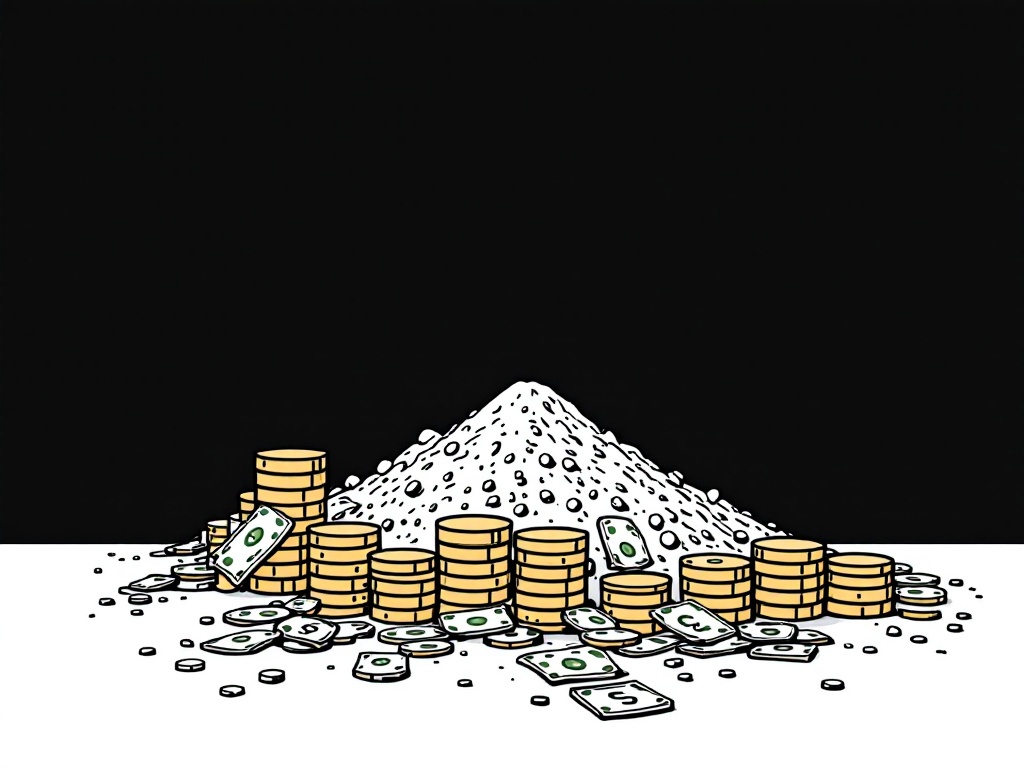China's Export Restrictions Push Tungsten Prices to 12-Year High

Beijing, Thursday, 15 May 2025.
China’s tungsten export curbs have driven prices to their highest since 2013, impacting global supply chains and industrial manufacturing costs.
Tungsten’s Strategic Importance
Tungsten, known for its exceptional hardness and high melting point, is critical in various industries including aerospace, electronics, and military applications [2][5]. Its unique properties make it indispensable for manufacturing cutting tools, armor plating, and artillery shells [5]. China, commanding over 80% of the global tungsten supply, has substantial influence over its availability worldwide [2][4].
China’s Export Controls
In February 2025, China imposed stringent export restrictions on tungsten along with other strategic minerals as part of a broader geopolitical tension with the United States [2][4]. The move is seen as a counteraction to U.S. tariffs and trade restrictions. These curbs have significantly tightened global tungsten supplies, leading to price surges [2]. The first batch of mining quotas for the year saw a 6.5% decrease, further straining supply [2].
Market Reactions and Impacts
Following China’s export restrictions, European tungsten prices soared to $400 per metric ton unit, marking the highest level since late 2013 and an 18% increase from earlier this year [2]. Traders are actively seeking alternative sources, though tungsten’s natural scarcity makes such sourcing challenging [2]. Many manufacturers, especially in defense sectors, are scrambling to secure the metal amidst declining supplies [2][3].
Strategic Maneuvers by Corporations
Corporations like Almonty Industries have capitalized on these market shifts by securing offtake agreements with the U.S. defense sector, although it acknowledged limitations in meeting the overall market demand for tungsten [2]. The firm operates several tungsten mines globally and remains a pivotal player in addressing Western demands [4]. Furthermore, Europe’s industrial sector faces heightened production costs due to stringent Chinese export policies, potentially accelerating a shift towards alternative materials or suppliers [5].